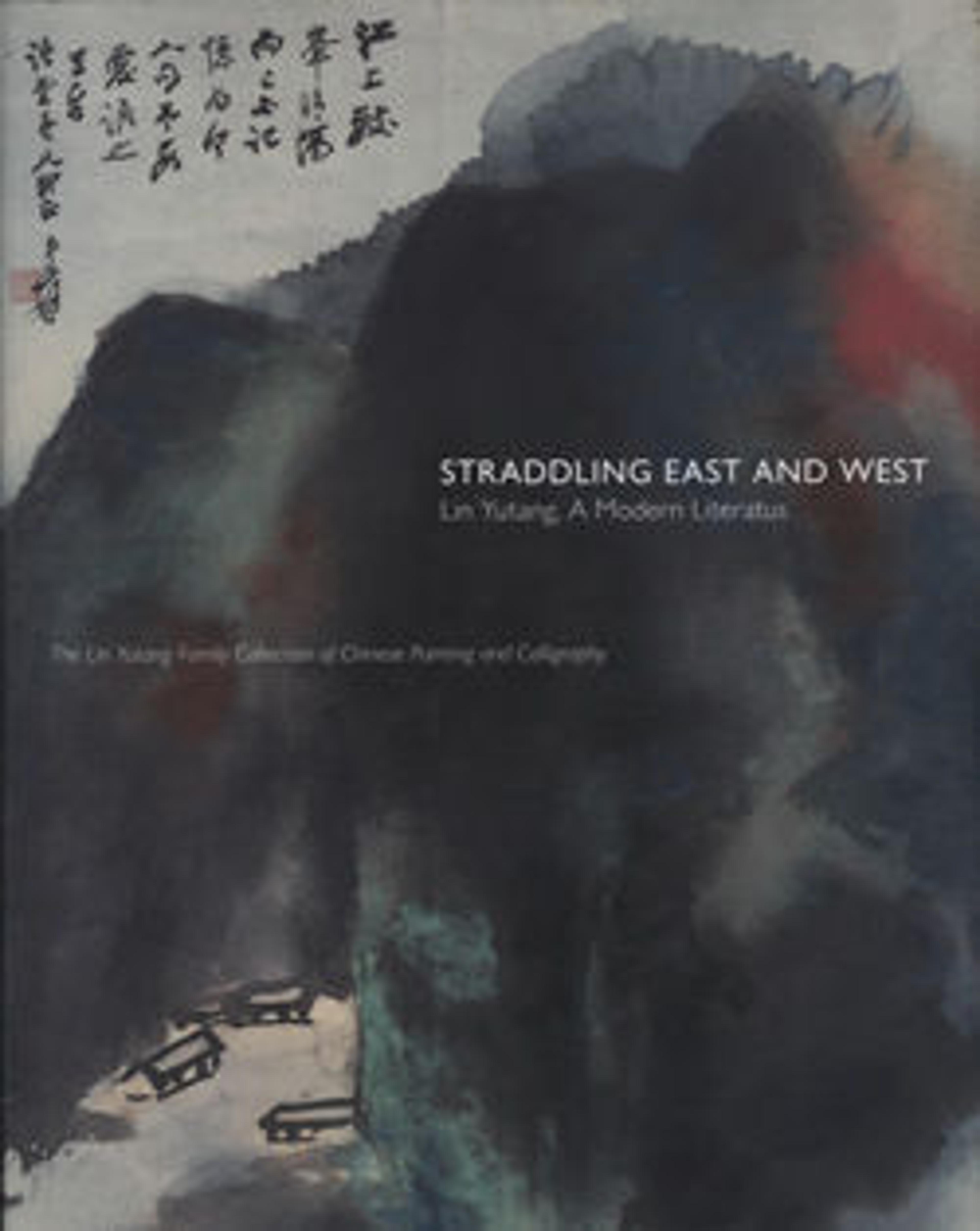Portrait of Li Xiangjun
This painting portrays Li Xiangjun (fl. mid-seventeenth century), a courtesan celebrated for rebuking powerful but treacherous politicians and risking her life to remain chaste for her true love, Hou Fangyu (1618–1654). When a high-ranking official tried to take her by force, Li struck her head against the floor in an attempted suicide. Her blood spattered a fan given to her by Hou, which was later transformed into a painting of peach blossoms. This heroic deed was immortalized in Peach Blossom Fan, a well-known play by Kong Shangren (1648–1718). Above the painting is a transcription of Hou Fangyu's biography of Li.
Here Li is shown in her boudoir holding a fan painted with peach blossoms. She leans against a circular opening framed by willow boughs, symbolic of her profession as a courtesan, and a grove of blossoming trees. An open book on the table tells us that she is not only virtuous but also literate.
Twelve colophons embellish this scroll, mostly written by scholars from northeastern Zhejiang between 1916 and 1927. Lin Yutang, who greatly admired Li Xiangjun, added the last colophon below the painting after purchasing it in 1934.
Here Li is shown in her boudoir holding a fan painted with peach blossoms. She leans against a circular opening framed by willow boughs, symbolic of her profession as a courtesan, and a grove of blossoming trees. An open book on the table tells us that she is not only virtuous but also literate.
Twelve colophons embellish this scroll, mostly written by scholars from northeastern Zhejiang between 1916 and 1927. Lin Yutang, who greatly admired Li Xiangjun, added the last colophon below the painting after purchasing it in 1934.
Artwork Details
- 清 崔鶴 李香君小影 軸
- Title:Portrait of Li Xiangjun
- Artist:Cui He (Chinese, active 1800–1850)
- Period:Qing dynasty (1644–1911)
- Date:dated 1817
- Culture:China
- Medium:Hanging scroll; ink and color on paper
- Dimensions:Image: 20 5/8 x 49 in. (52.4 x 124.5 cm)
Overall with knobs: 104 1/16 x 30 1/4 in. (264.3 x 76.8 cm) - Classification:Paintings
- Credit Line:The Lin Yutang Family Collection, Gift of Hsiang Ju Lin, in memory of Taiyi Lin Lai, 2005
- Object Number:2005.510.2
- Curatorial Department: Asian Art
More Artwork
Research Resources
The Met provides unparalleled resources for research and welcomes an international community of students and scholars. The Met's Open Access API is where creators and researchers can connect to the The Met collection. Open Access data and public domain images are available for unrestricted commercial and noncommercial use without permission or fee.
To request images under copyright and other restrictions, please use this Image Request form.
Feedback
We continue to research and examine historical and cultural context for objects in The Met collection. If you have comments or questions about this object record, please contact us using the form below. The Museum looks forward to receiving your comments.
